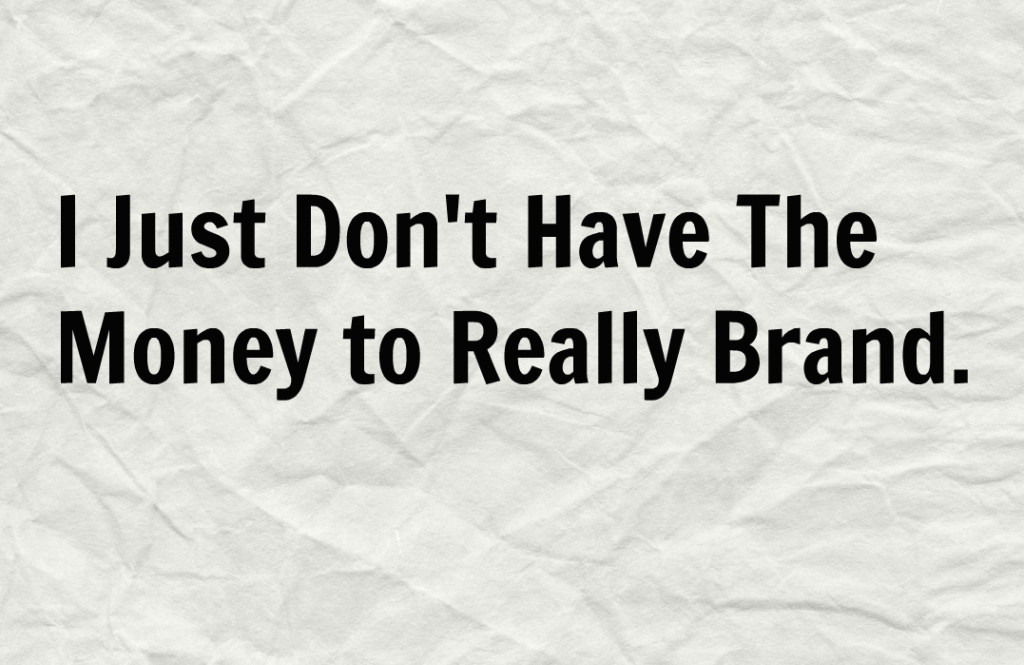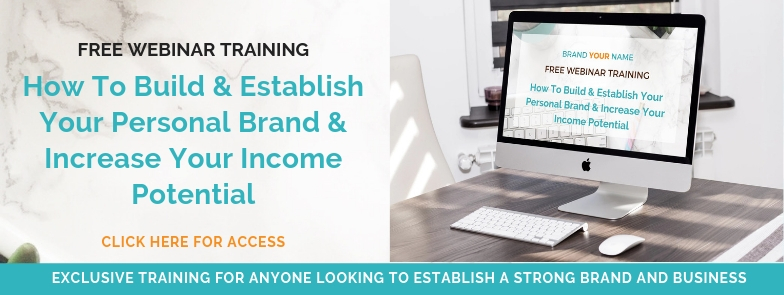When you are starting a small business it’s natural to struggle with building a brand and there are key obstacles to overcome. Let’s take a look at how to solve The Biggest Branding Problems.
Over a late lunch with some friends of mine who happen to run small businesses, the topic of branding came up. Those that were struggling with branding all identified one or more of the following issues:
· “I’m not sure what my brand stands for”
· “I know what my brand is, but I don’t know how to create a brand identity”
· “I have a brand, website and social media accounts but don’t know what to do to manage them all”
“I just don’t have the money to really brand”
I had to smile because of course this was right up my alley. So let me share with you, the solutions for the biggest problems with branding that I shared with them.
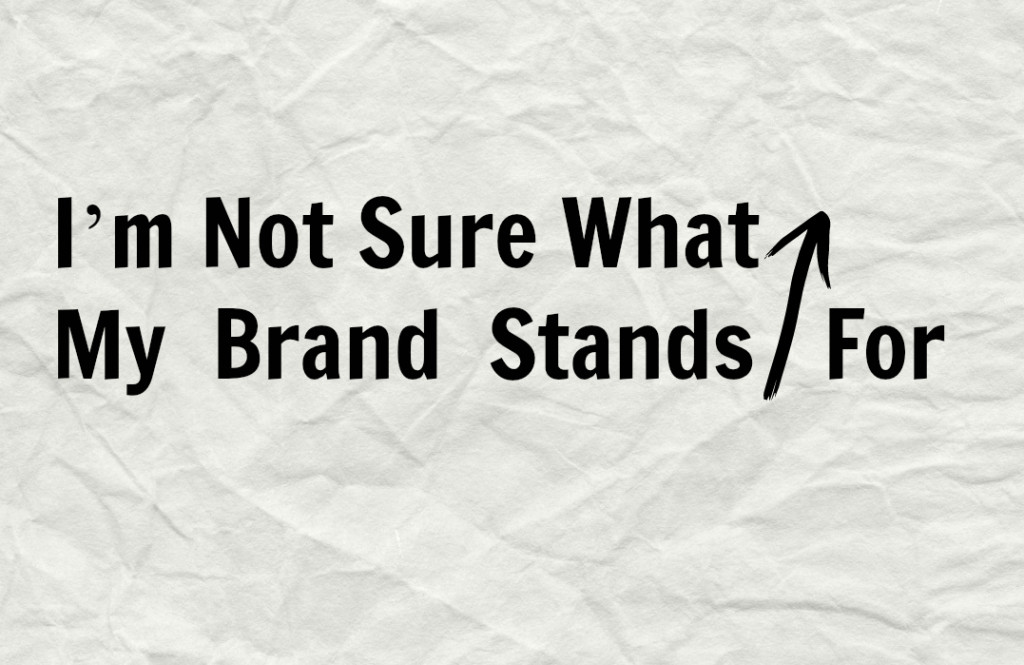
The saying goes, “if you don’t stand for something, you will fall for anything”. The same holds true for your personal brand. Saying “I dont know what my brand stands for” is synonymous with saying “I don’t know what I stand for”. Not knowing what your brand stands for leaves you open to exploitation and burn out and this will lead to low productivity and frustration in your business.
The way to combat this is to view your brand as an extension of yourself. Your brand is your mirror image. It likes what you like, goes where you go, does what you do. So, grab a piece of paper and ask yourself these questions. Don’t be afraid to dig deep.
1. Who am I?
2. What do I believe in?
3. What are my priorities in life?
4. What am I willing to do or not do?
5. How do I want the world to see me?
6. What legacy do I want to leave?
Once you have answered the above questions honestly, you can begin to formulate how your brand can project these truths about you. That is what your brand stands for. Now develop a mantra based on your answers, that you can repeat to yourself everyday to remind you of who you are and what you want to achieve. Keep it short, simple and memorable. Once ingrained in your mind, you can begin to share it with the world.
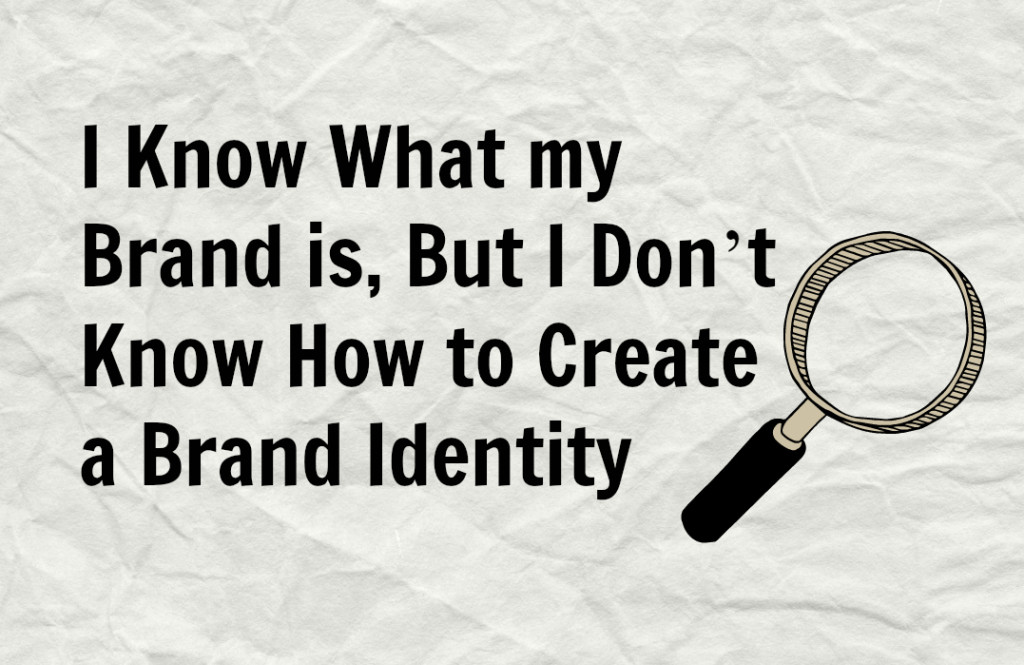
Brand identity is about creating recognition of your brand through different outreach avenues. Start by evaluating what platforms are realistically available to you. Tv ads? Radio? Magazines? Grocery store bulletin boards? Then establish how you plan to use these platforms. Business cards? Social media profiles? Word of mouth? Google? The more places you can present yourself the better.
I highly suggest you take a look at The Ultimate Branding Cheat Sheet to get you started.
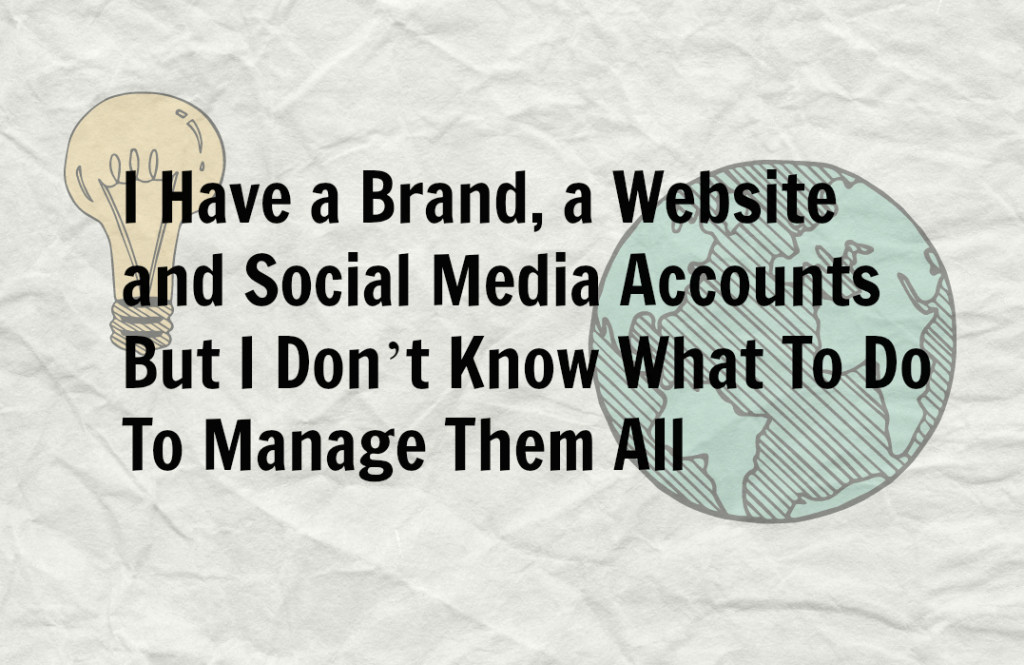
There is a Southern African proverb that says a child who does not cry will die on its mother’s back. Morbid as this may be, the idea is that silence can prevent those who should be taking care of you from knowing that you have a need.
Your business will die in your hands if you keep silent for too long. Having a brand, brand identity and online presence is pointless if you are not actively reminding people of your presence. Eventually, people will forget about you. It’s a cold world.
The first thing you’ll want to do is some spring cleaning. Clear out the cyber-clutter by determining what you can handle and ditch the rest. There is no point having 20 social media profiles if you can only stay active on 3 of them. Invest in the areas that will give you the most output and grow from there. If I were to pick just 3 places to focus my initial attention, I would pick:
- A great website,
- A Facebook account (It will give you access to reasonable advertising)
- One Other Social Media Account (Linkedin if you are B2B or want a more professional audience, or Instragram)
Once you have decided on the vehicles for your voice, start shouting. You do this by creating compelling content that tells your brand story, your purpose, your approach and your goals. Blogging is an excellent way of expressing yourself and giving the public access to your thoughts, passions and values. Share your blogs on multiple platforms and direct readers to your website.
Large companies have a huge marketing budget, making brand building a lot easier. A bigger budget provides a wider reach through a larger database of resources like TV ads, newspapers, magazines etc. They also have the option to commission specialist agencies and brand strategists to build their brand and lay out the branding process.
Let me guess, as a small business owner, you do not have the luxury of an unlimited budget. Never fear, even on a limited budget, you can build and maintain a quality brand. And before you think of completely ignoring the need for a brand, remember that a product without a brand is just a product. It has very little to draw in and keep the consumer.
Make use of a plethora of cheap/free online tools that help you build your brand. Take a look at 5 Tips and Tools for Effective Personal Branding to get ideas of inexpensive ways to start building your brand.
What problems have you faced when it comes to branding? Share them with us.


